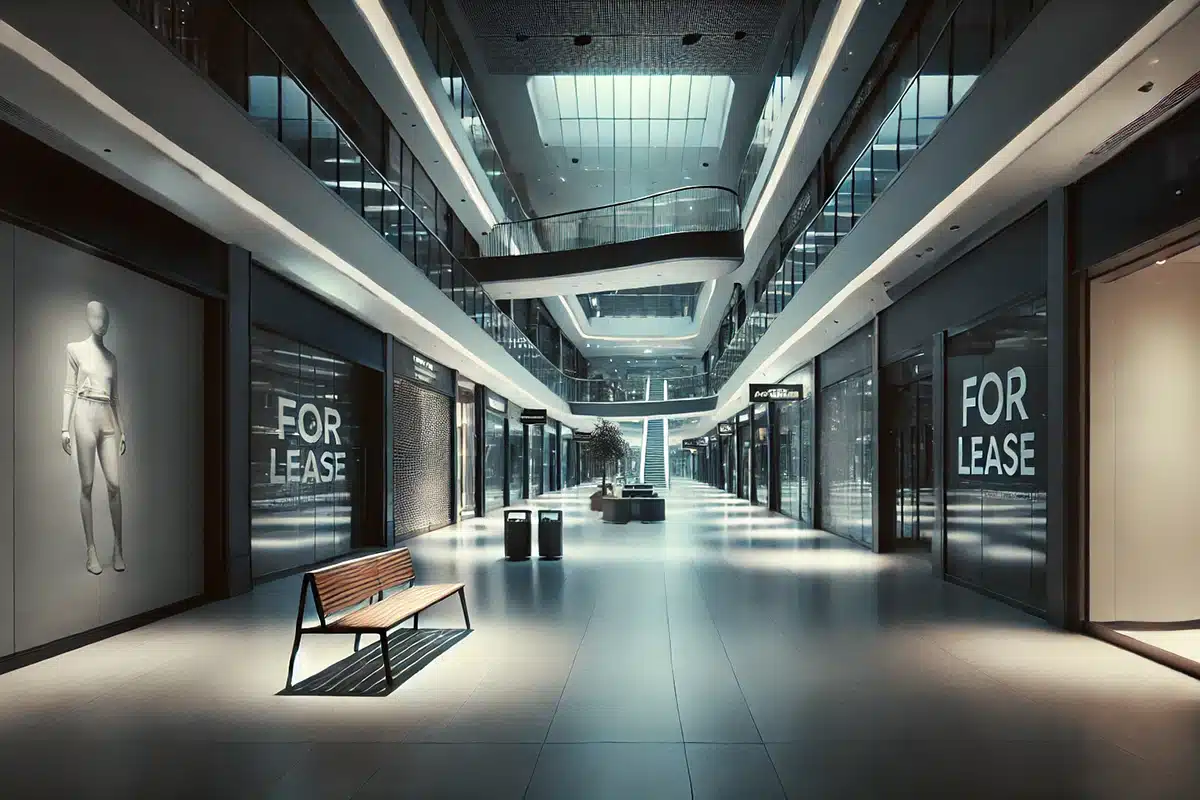
The Golden Age: 1950s to 1990s
Shopping malls were once the epitome of American consumerism and social life. Their rise began in the post-World War II era, fueled by the suburban boom. With families moving to the suburbs, coupled with the increasing use of automobiles, the stage was set for the birth of the modern shopping mall.
In 1956, the Southdale Center in Edina, Minnesota, opened its doors as the first fully enclosed, climate-controlled shopping mall in the United States. Designed by Victor Gruen, this mall was more than just a collection of stores. It was a community center that was complete with fountains, sculptures and plenty of space for people to socialize.
Throughout the 1960s and 1970s, shopping malls spread like wildfire across the American landscape. They became the new downtowns, offering everything from department stores and specialty shops to food courts and entertainment options like movie theaters and arcades. The mall became a destination for families, teenagers and retirees alike.
Peak Popularity: 1980s and 1990s
The 1980s and 1990s marked the peak of the shopping mall’s popularity. Malls grew larger and more elaborate, with mega-malls like the Mall of America in Bloomington, Minnesota, opening in 1992. This colossal shopping center featured an amusement park, aquarium and more than 500 stores, attracting millions of visitors each year.
During this timeframe, malls had become cultural icons that were immortalized in movies, TV shows and music. They were the backdrop for countless teenage experiences, from first dates to shopping sprees. The mall was a symbol of prosperity and the American Dream, a place where everyone could find something they desired.
The Decline: 2000s to Present
As the new millennium approached, cracks began to appear in the foundation of the shopping mall empire. Several factors contributed to the decline of malls, leading to what some have called the “retail apocalypse.”
The Rise of E-Commerce: The most significant blow to shopping malls came from the rise of e-commerce. Online retailers like Amazon revolutionized the way people shopped, offering convenience, competitive pricing and a vast selection of products. Consumers no longer needed to leave their homes to purchase goods, and that led to a decrease in foot traffic at brick-and-mortar stores.
Changing Consumer Preferences: As technology advanced, consumer preferences shifted. Younger generations, particularly Millennials and Gen Z, began to value experiences over material goods. They preferred spending their money on travel, dining and entertainment rather than shopping for the latest fashion trends. This shift in priorities further eroded the appeal of traditional malls.
Economic Recession: The Great Recession of 2008 dealt a severe blow to the retail industry. Many anchor stores, such as Sears, J.C. Penney and Macy’s, struggled financially, leading to store closures and bankruptcies. Without these key tenants, smaller stores also suffered, which created a domino effect that left many malls with high vacancy rates.
Oversaturation: During the height of their popularity, malls were built at a rapid pace, often without considering long-term sustainability. As a result, many areas became oversaturated with shopping centers, leading to fierce competition and diminishing returns. Some malls failed to adapt to changing market conditions, ultimately becoming obsolete.
The Aftermath and Future Prospects
Today, many once-thriving malls stand abandoned, their empty corridors and shuttered storefronts serving as a stark reminder of their former glory. However, not all malls have met this fate. Some have adapted by transforming into mixed-use developments, incorporating residential units, office spaces and entertainment venues to create vibrant community hubs.
Innovative concepts like “lifestyle centers” and “open-air malls” are also gaining traction. These modern shopping destinations focus on providing unique experiences, blending retail with dining, entertainment and outdoor spaces. By reimagining the traditional mall model, developers hope to attract a new generation of consumers.
The meteoric rise and ultimate fall of shopping malls is a story of changing times and evolving consumer habits. While their golden age may be over, the spirit of the mall lives on in new and innovative forms. As the retail landscape continues to shift, one thing is certain. The mall, in some shape or form, will always have a place in our collective memory.



